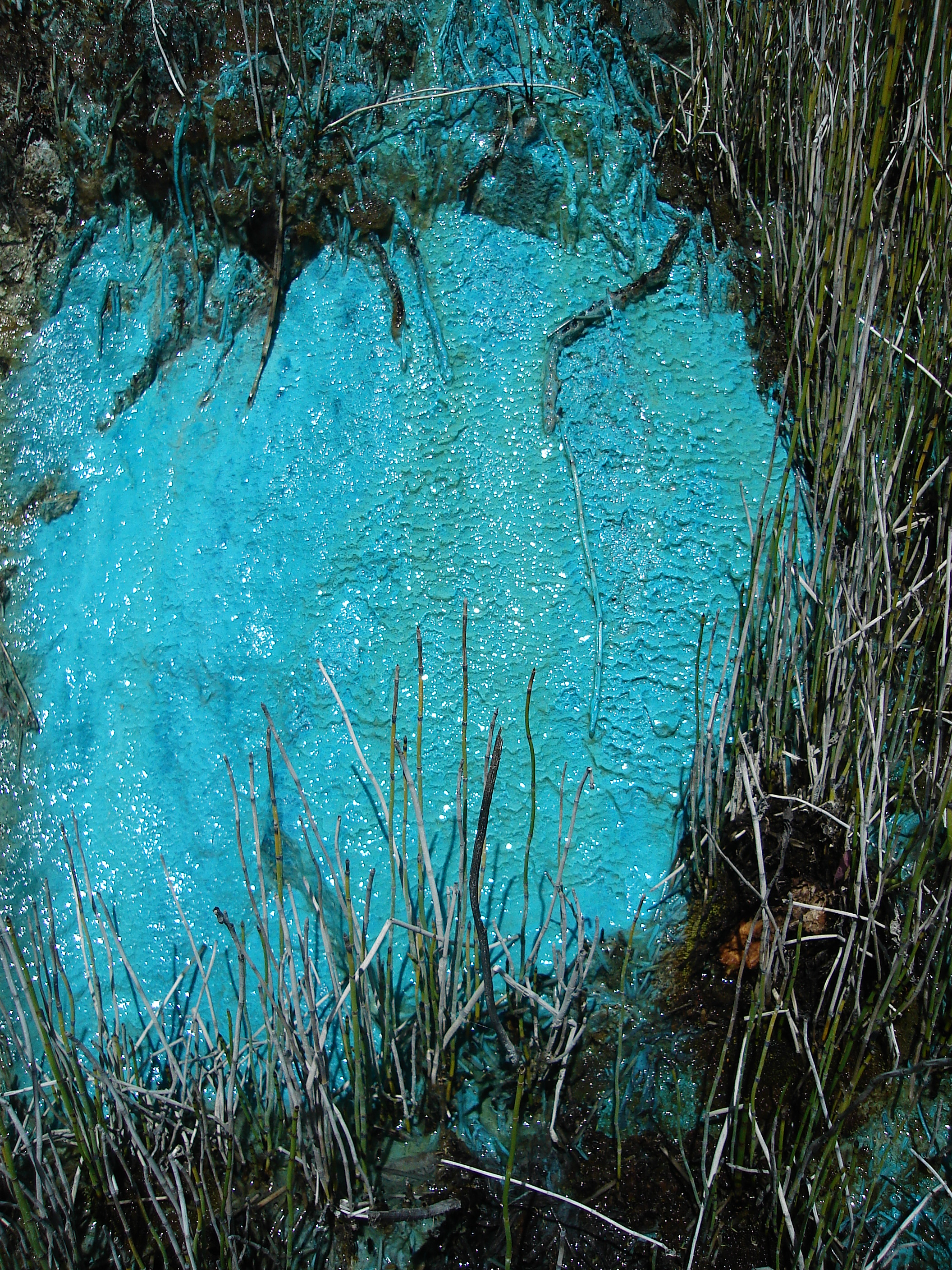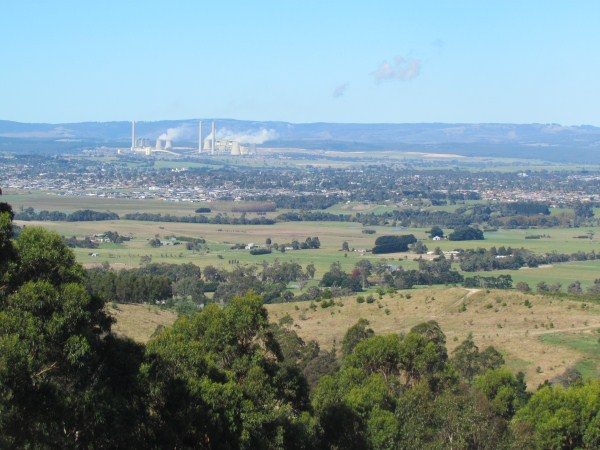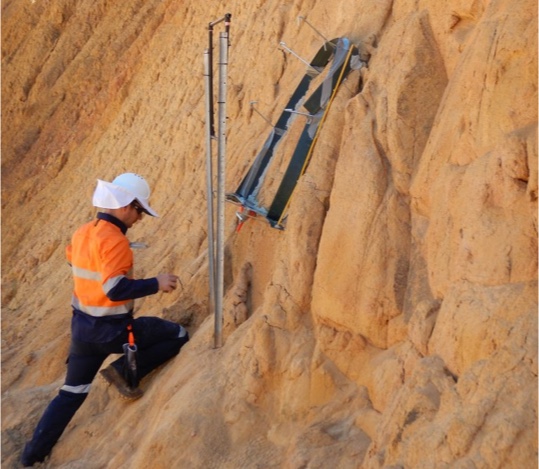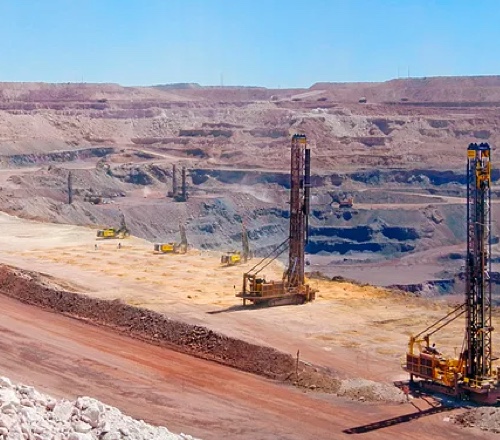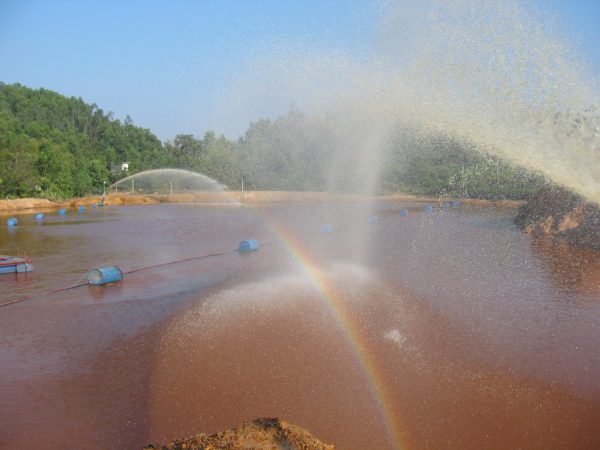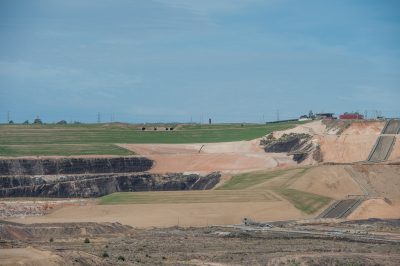we are leaders in
water quality modelling, sampling, investigation, management and remediation including:
- Water balance modelling (deterministic and stochastic).
- Water quality modelling incorporating both stochastic simulations and geochemical modelling (GoldSim, Geochemist’s Workbench and PHREEQC).
- Pit lake and limnology assessments.
- Mine water management and remediation plans.
- Acid, metalliferous and saline drainage investigations.
- Modelling, design and performance monitoring of mine waste cover systems (vadose zone).
- Contaminant and reactive transport modelling.
- Surface water and groundwater quality investigations.
- Seepage water quality assessments.
- Designing and establishing surface water quality management frameworks and water monitoring programs.
- Surface water catchment modelling (Deswik and QGIS).
- Water quality compliance assessment against license conditions and trigger values.
- Water treatment.
- Aquifer re-injection predictive modelling.
- Expert witness and Senior Review.
case studies
RGS new or recently completed projects
some additional
information
Reactive transport hydro-geochemical modelling
Consideration of the attenuation of metals/ metalloids is a well-established process requiring total deposit knowledge. Inclusion of attenuation (retardation) directly feeds into the risk‑assessment framework for consideration of post-mining impacts. The extent and persistence of a contaminant plume (e.g. WRD/TSF seepage, aquifer injection of brine, etc.) would be driven by the aquifer’s flow and biogeochemical conditions (e.g. pH, redox state, mineralogy, organic matter, microbial conditions), impacted by chemical reactions between the source and the receptor itself (e.g. interaction of solid and liquid phase of the aquifer) and the changes that may occur as the plume migrates.
These reactions can occur between the plume and the aquifer water, and between the plume and the aquifer minerals. In addition, sorption of key metals of concern to clays, organic matter or iron (oxy)hydroxides can act to attenuate both trace metals and metalloids. The role of reactive transport modelling for this is that all of these mechanisms can be altered by changes to pH, redox, and consumption of neutralisation in the aquifer or exceeding the available sorptive capacity of the aquifer. Reactive transport modelling provides a means to evaluate these in a more quantitative manner so that the concentrations and loads that are used to assess the risks can be assessed and presented in manner that considers the temporal changes and is based on the most likely geochemical behaviour of each contaminant of concern.
By applying this approach, the results of the reactive transport model can contextualise the risks, and in many cases, reduce the financial liability, while at the same time providing a basis for operational decision-makers and regulators to accept the groundwater quality risks. In addition, the impact of alternative mitigation strategies can be assessed, which is particularly important in situations where the receptor risk is deemed to be unacceptable in post-closure.
RGS generally use Geochemist’s Workbench (Profession) and PHREEQC to construct reactive transport models.
Unsaturated (vadose) zone hydrogeological modelling
RGS is involved in the design and performance modelling of mine waste covers on tailings and waste rock that are landforms constructed in the vadose zone. The vadose zone is a complex biogeochemical system in the unsaturated soil profile. Soil cover modelling is typically conducted using the finite‑element unsaturated zone modelling software SEEP/W (GEO-SLOPE International, 2016), SoilVision (SoilVision Systems, 2010) or Hydrus suite. The modelling is used to simulate the main physical (meteorological and hydrological) processes in the vadose zone.
Pit lake water balance and water quality modelling
Final void and pit lake studies are complex multi-disciplinary packages of work. When the key environmental outcomes of a final void/ pit lake study are likely to be driven by the need to evaluate the potential of the lake to become acid or contain salts or metals/ metalloids the key technical component of a final void/ pit lake study should be driven by geochemistry with geotechnical, hydrogeological, limnological, geomorphological and hydrological support. The broad suite of bio-hydro-geochemical aspects that need to be considered when developing and implementing a final void / pit lake study are shown below (INAP GARD Guide) where there is a transition from a final (mined) void to a pit lake.

In RGS experience, the purpose of the investigation is typically to quantify:
- how quickly the final void will fill with water under the conditions that will be defined by the conceptual model;
- whether the final void will be a terminal sink to groundwater or will fill over time and spill to the environment;
- how the water quality in the final void will evolve over time; and,
- if the final void/ pit lake may provide beneficial use or may require ongoing management.
RGS typically use GoldSim and the Contaminant Transpot (CT) module a a platform to contruct the final void/ pit lake model. GoldSim is a dynamic, probabilistic simulation software developed by GoldSim Technology Group. It is a graphical, object-orientated coding platform. This means that it is a flexible platform in which the user can program the software to represent any system (such as a mine site) within a graphical user interface. This makes it user-friendly to lay out equations, code logic and system influences, whilst reducing the risk of hidden error that may be experienced in spreadsheets.
The geochemical processes that cannot be captured in GoldSim are typically undertaken using PHREEQC.
RGS

